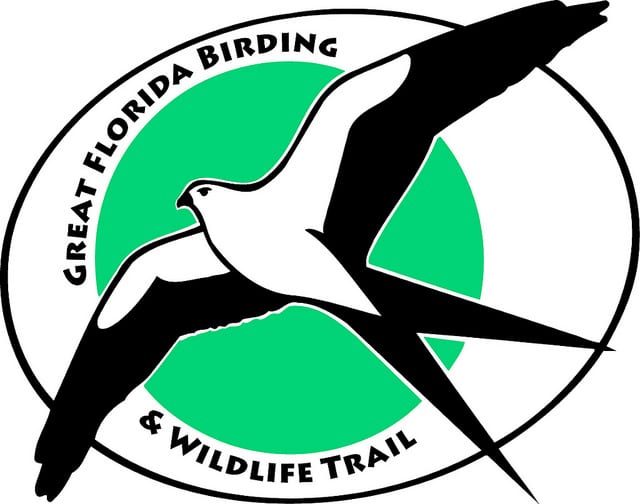New Signs for Birding, Wildlife Viewing Trail Something to Sing About in Florida

There are new signs of economic opportunity and natural wonders in south Florida. Tourists and residents in 11 southern Florida counties may have noticed that directional signs for the Great Florida Birding and Wildlife Trail (GFBWT) were popping up all over the place.
The signs direct traffic to 113 new birding and wildlife viewing sites from Sarasota and Stuart south to Key West, joining hundreds of other GFBWT locations throughout the state. Not only do these signs, bearing the swallow-tailed kite logo, designate ideal locations for birding and wildlife viewing adventures, they are also a symbol of positive economic impact.
Gov. Rick Scott said, “Wildlife viewing in Florida is a major reason why our state in the most popular tourist destination in the country. I am proud that Floridians and our visitors can now better enjoy the wildlife our state has to offer, while creating more opportunities for Florida families.”
A recent study about birding in Florida indicated the trail’s road signs play an important role in visitors’ travel decisions. Of 1,652 participants, 65 percent had seen a GFBWT road sign, prompting a later visit (81 percent indeed visited later).
“We hope that many Florida families and tourists will follow these new signs and explore the trail and discover the fascinating wildlife these sites have to offer,” said Mark Kiser, Great Florida Birding and Wildlife Trail coordinator for the Florida Fish and Wildlife Conservation Commission (FWC).
Birding and wildlife viewing are important to Florida’s economy, and the GFBWT program is an integral component of Florida’s nature-based tourism industry. According to U.S. Fish and Wildlife Service data, wildlife viewing generates more than $5 billion in Florida and supports 51,000 jobs. A recent statewide survey by Responsive Management showed that wildlife viewing is the second most popular outdoor recreation activity in the state (behind going to the beach) for visitors and residents.
The FWC installed the trail signage with a grant from the Florida Department of Transportation and support from the Wildlife Foundation of Florida. Dozens of federal, state and local government agencies, nongovernmental organizations and private landowners also supported the effort.
In addition to signs, the FWC has produced guide booklets that contain site descriptions, directions and maps showcasing birding and wildlife watching opportunities throughout Florida. Wildlife enthusiasts can download or order the GFBWT guidebooks at FloridaBirdingTrail.com and WildlifeFoundationofFlorida.com.
Need further help planning an adventure? Use the Trip-Planning Wizard on the GFBWT website or download the free mobile application “Nature Viewing Along the Great Florida Birding and Wildlife Trail” at iTunes.com and Play.Google.com. A series of city and regional guides called “Ready, Set, Go … Wild” is also under way; the Orlando guide is now available.
For more information about this project, please contact Mark Kiser at Mark.Kiser@MyFWC.com or call 850-488-9478.

